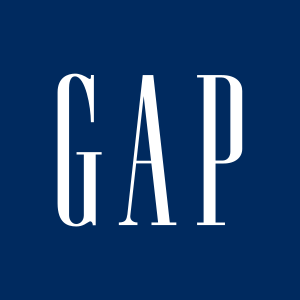 Image via Wikipedia
Image via WikipediaDepending on how you look at the figures, retail grew up to 20 percent in China, retail analyst Paul French tells Forbes and compares the fate of foreign retailers like Gap force domestic competition from the Trinity Group and China Lilang.
Paul French in Forbes:
Take a look at people like Trinity Group (controlled by Hong Kong’s Fung brothers) who recently acquired Kent and Curwen and Gieves and Hawkes. They’re positioning well to catch the next wave of wealthy Chinese men – i.e. the one’s who will probably not just be content with Dunhill! Also take a look at China Lilang, recently IPOed and who are typical of the new Chinese apparel retail entrepreneurs in that the company is designing, sourcing, manufacturing and retailing casual apparel very successfully. Trinity and Lilang represent the two major strategies – acquisition vs manufacturer-turned-retailer. In reality both work.
Paul French is not sure whether recent plans to enter China are that smart:
I’m not sure where The Gap will fit. As a brand struggling internationally and in its home market, it’s perhaps a little late to hope China will save them. It is still true that the trends that sweep China emerge from Europe, and to a lesser extent America and Asia (really only Japan and Korea) and Chinese retailers imitate them. Right now the apparel market is moving from a five-year love affair with sportswear — and a massively crowded market of foreigners and locals — towards fast fashion. Currently all the running really is being made by foreigners in this sector: Zara and Mango — the global phenomena of Inditex, C&A, H&M, Vero Moda, and others. Gap would have been far smarter to come to Shanghai with their Banana Republic brand right now if they wanted to catch a profitable wave.
Commercial
Paul French is a speaker at the China Speakers Bureau. Do you need him at your meetin
 Paul French by Fantake via Flickr
Paul French by Fantake via Flickrg or conference? Do get in touch.

